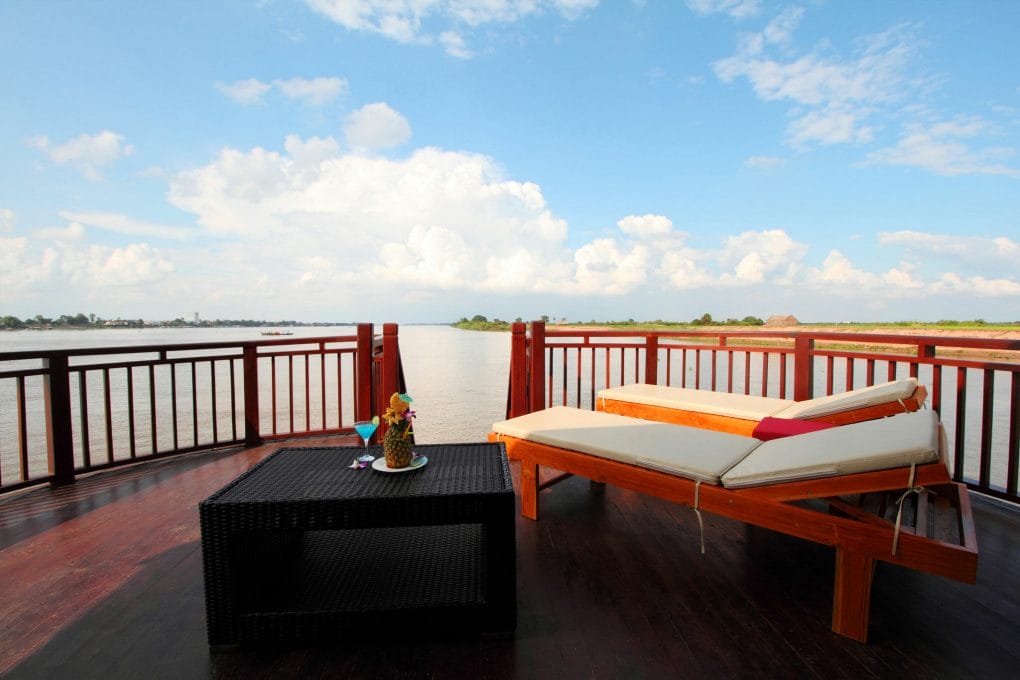Halong Bay, one of Vietnam’s most stunning natural wonders, is renowned for its limestone karsts that dramatically rise from emerald waters. This breathtaking landscape is not only a must-visit destination for tourists but also a recognized UNESCO World Heritage site. In this article, we explore what makes these limestone karsts so unique and worthy of this prestigious recognition.
Geological Significance of Halong Bay’s Limestone Karsts
The Halong Bay limestone karsts are the result of over 500 million years of geological evolution, shaped by complex processes involving tectonic shifts, sea level changes, and weathering. The area is characterized by thousands of limestone pillars, caves, and islets, creating a landscape unlike any other in the world. This karst formation is one of the most extensive and well-preserved in Southeast Asia, showcasing the incredible power of natural forces over time.

The unique geological features of Halong Bay, such as its majestic cliffs and hidden lagoons, demonstrate the process of karst erosion in an exceptionally scenic setting. These formations provide invaluable insights into Earth’s history and continue to fascinate geologists and travelers alike.
Ecological Value and Biodiversity
Halong Bay’s limestone karsts are not only visually spectacular but also serve as a unique ecosystem supporting a wide range of biodiversity. The limestone islands are home to several endemic species of flora and fauna that cannot be found anywhere else on the planet. These ecosystems are delicate and highly specialized, thriving in the nooks and crannies of the jagged limestone cliffs.
The waters around the limestone karsts are teeming with marine life, including coral reefs, mollusks, and various species of fish, making the area a hotspot for ecological study. The bay’s diverse environments, ranging from mangrove forests to coral reefs, contribute to its status as a UNESCO World Heritage site.
Cultural and Historical Significance
Apart from its natural beauty and geological importance, Halong Bay holds significant cultural and historical value. For centuries, the bay has been a source of inspiration for poets, painters, and travelers, deeply woven into the fabric of Vietnamese culture. Ancient fishermen have lived in this area for thousands of years, relying on the bay’s rich resources.

The limestone karsts also house numerous caves, some of which contain ancient relics and carvings, providing a glimpse into early human civilization in the region. These caves, such as Sung Sot (Surprise Cave) and Thien Cung (Heavenly Palace Cave), offer stunning natural architecture, adding to the cultural richness of Halong Bay.
Scenic Beauty and Tourism Impact
The sheer scenic beauty of Halong Bay’s limestone karsts is one of the primary reasons it was designated a UNESCO World Heritage site. The bay’s tranquil waters are punctuated by towering pillars, creating an otherworldly landscape that attracts millions of tourists each year.
Tourism plays a crucial role in the local economy, but it also brings the responsibility of preserving this delicate environment. Efforts are ongoing to balance tourism with sustainable practices to ensure that future generations can continue to marvel at the natural beauty of Halong Bay.
FAQ: Frequently Asked Questions
Why is Halong Bay a UNESCO World Heritage site?
Halong Bay is a UNESCO World Heritage site due to its unique geological formations, rich biodiversity, and cultural significance. Its limestone karsts are considered one of the most extraordinary examples of karst erosion in the world.
What is the best way to explore Halong Bay’s limestone karsts?
The best way to explore Halong Bay is by taking a boat cruise that allows you to navigate through the stunning limestone formations, visit hidden caves, and experience the bay’s natural beauty up close.
What is the history behind the limestone karsts in Halong Bay?
The limestone karsts of Halong Bay formed over millions of years through the process of erosion, tectonic activity, and changing sea levels. They hold great geological significance and offer insights into the Earth’s past.
Are the caves in Halong Bay open to tourists?
Yes, many caves within the limestone karsts, such as Sung Sot Cave and Thien Cung Cave, are open to tourists. They are popular attractions showcasing stunning natural formations and historical artifacts.
Discover the breathtaking beauty of Halong Bay’s limestone karsts on a guided cruise tour.
Explore hidden caves, immerse in the scenery, and experience why this UNESCO site is truly exceptional.













